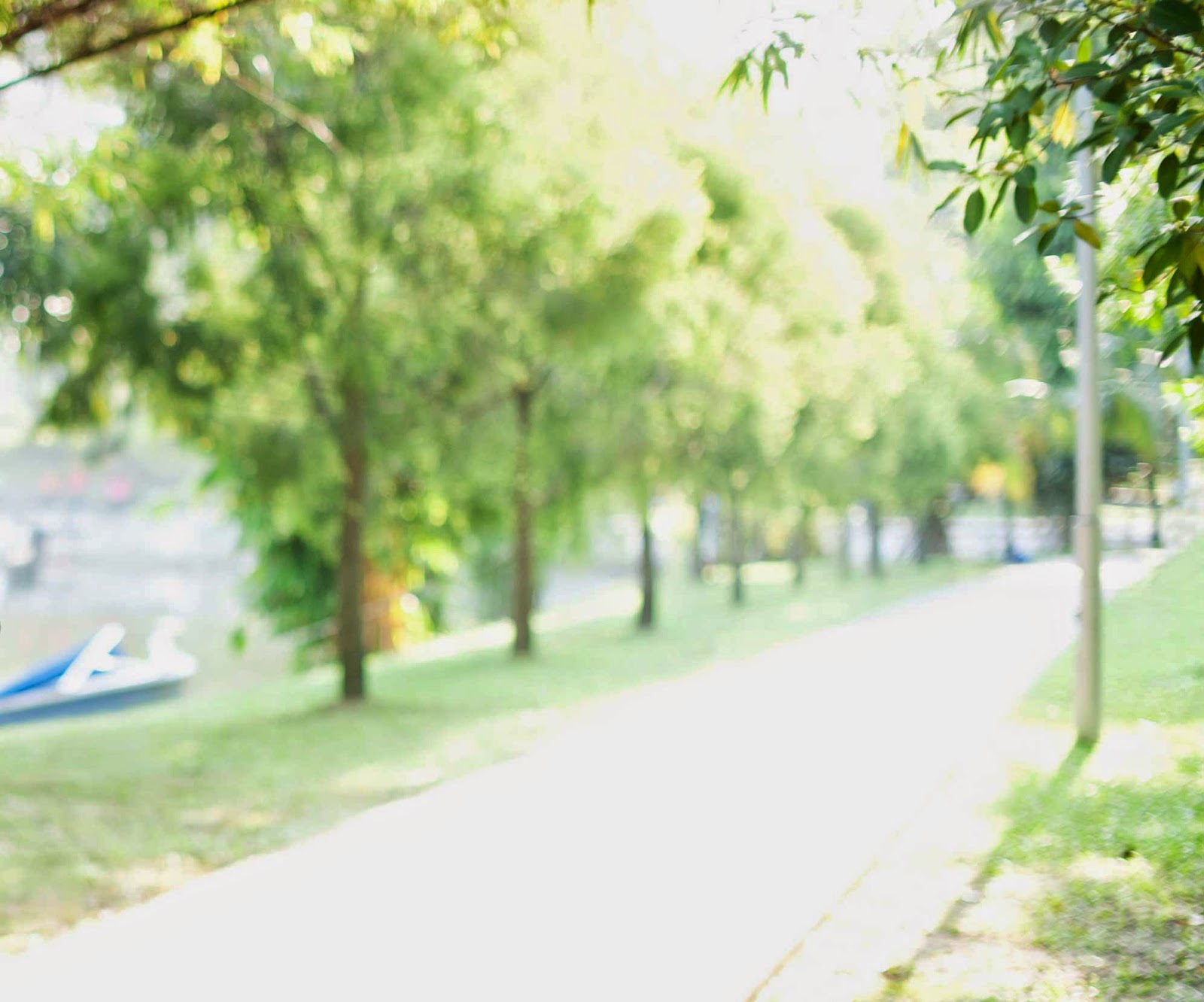This poem is tricky! Basically, it’s about a hunchback homeless guy who lives in the park. This character is contrasted with a gang of naughty (truant) boys. Thomas shifts between reality and metaphor so it’s hard to get a grip on what’s real and what’s not. Get the A* essay below.
What’s real?
The homeless guy is hunchbacked and sleeps in a dog kennel or something that looks like one. The boys are playing truant and they’re fascinated with him. They’re a bit ‘wild’, and maybe not so ‘innocent’. They torment the hunchback. Both are on the limit of society: half in, half out.
Is it real or not?
1. ‘the loud zoo of the willow groves’ > this is probably a metaphor. The boys are playing make-believe. ‘Zoo’ suggests wild animals in captivity. The tension between wild and tame echoes the tension between being in and outside society. The fact it’s ‘loud’ suggests the captives are roaring to get out. It’s a fierce mood.
2. ‘made the tigers jump out of their eyes’ > tiger is a metaphor for the boys’ nature. Their wildness is fierce and they let it out. The idea they ‘made’ tigers contrasts with what the hunchback ‘made’: a calm, beautiful woman (see below). So maybe, the ‘wild’ boys’ hidden nature is wild; the hunchback’s hidden nature is beautiful, straight, tall.
3. ‘the groves were blue with sailors’: probably a metaphor for the boys imagining sailors. Blue describes blue naval uniforms, but it’s also a magical image of transformation. Something that should be green (‘groves’ = trees) becomes blue. This could be ‘blue’ as in bad language. Or maybe the boys are swearing like sailors. Thomas never fixes his image clearly. This is what gives it a magical, shimmering effect. Or: what makes it so confusing!
4. ‘made all day… a woman’: this is probably a metaphor (unless he’s carving one from wood?). The hunchback is creating a spirit. There’s something god-like about this image. It could show loneliness, need for protection – as where he sits between ‘nurses’ and ‘swans’ – or his true nature.
5. ‘followed him to his kennel’: I really hope this is a metaphor. If the wild boys are chasing him in the dark locked park, even into his kennel, it’s not likely to be for a good reason. That’s all.
A* EssayExplore the ways in which Dylan Thomas explores issues of individuals and society in ‘Hunchback in the Park.’
In this poem, Thomas deals with the theme of individuals removed from society. The hunchback is ‘solitary’, isolated by his deformity. He lives like a wild man, ironically in a ‘park’: the place where society tames nature, fascinating the boys’ imaginations. The poet juxtaposes the hunchback with the ‘wild’, ‘truant’ boys: both sit in a liminal (twilight) space, just on the border of normal society.
The structure seems regular, suggesting regulation and neatness, but the rhyme and line length are not always neat. Where the poem does rhyme, it links ‘park’ and ‘dark’. This is a sinister pairing: of a neat pleasure ground (park) with the breeding ground of all fears (dark).
Only the hunchback sees the park in the dark, emphasising his isolation from society, but also from reality. The park is ‘unmade’ at night. It’s as if reality unravels. We see this in the unbroken force of Thomas’ long sentence in the final stanza. He writes: ‘the railings and shrubberies / the birds the grass the trees the lake’. It’s as if the park is spilling out, without boundaries, like the boys’ make-believe. They make ‘tigers’ jump out of their eyes, imagine sailors turning the green groves ‘blue’: with bad language or uniforms, as if the sailors are melting into the trees. They also follow him to his ‘kennel’. They’re in society but they’re also drawn out of it. They sit outside a little already as they’re ‘truant’ from school. At the end, Thomas describes them as ‘wild’. Just like the hunchback, they are not ‘chained’.

